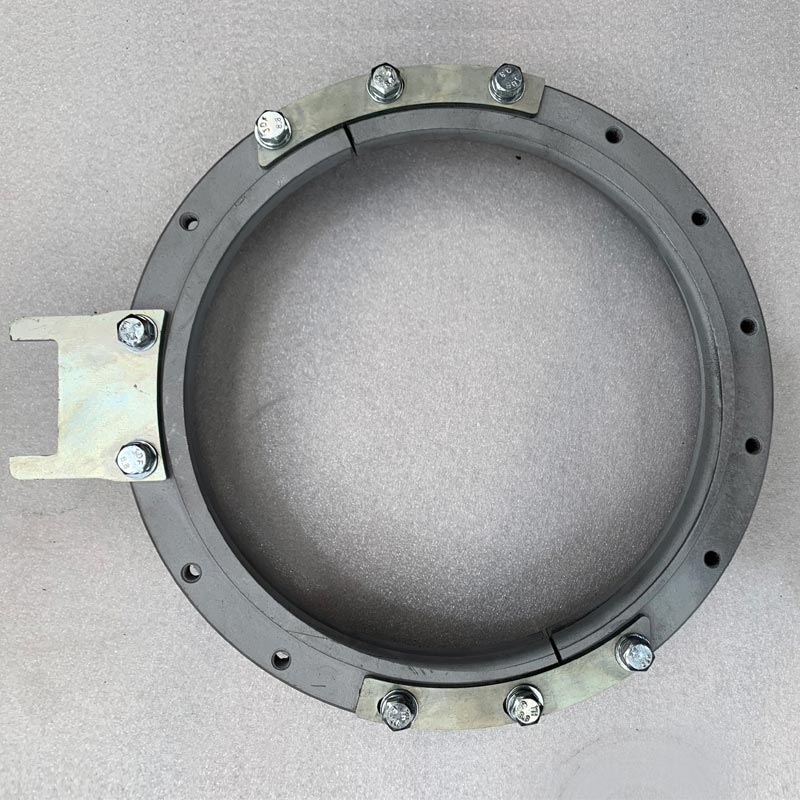Rope Guides and Their Role in Hoisting Equipment
19 September 2023
Uncover the significance of rope guides by Hydromech in hoisting equipment. Enhance safety and efficiency in lifting operations. Call us at (03) 9791 1322.
Hoisting systems take advantage of components like rope guides to enable the lifting and movement of heavy loads efficiently and safely.
Rope guides are mechanical components often utilised in various applications to guide and control the movement of cables or ropes. They are integrated into hoisting systems to prevent rope misalignment, uneven load distribution, friction, wear, and performance or stability issues. Knowing how they operate and their accompanying roles can help operators of hoisting equipment appreciate these components.
Guide and Align Ropes and Cables
Rope guides, as mentioned earlier, are designed to guide and align the rope or cable during the lifting process. They prevent the rope from deviating or misaligning from its intended path. Without rope guides, rope misalignment may occur, which can cause friction, wear, and premature failure of the rope. These issues can easily compromise the safety and efficiency of the hoisting equipment. By maintaining proper alignment, rope guides ensure that the load is lifted smoothly and evenly, minimising the risk of accidents or damage on site.
Distribute and Equalise Load
In hoisting operations, the load is distributed along the length of the rope or cable. With the integration of rope guides, contractors can distribute the load evenly, preventing excessive stress on specific sections of the rope. This load equalisation ensures that the weight is evenly supported, which reduces the risk of rope failure due to overloading.
Reduce Wear and Friction
During lifting operations, ropes have a high chance of rubbing against the hoisting equipment’s structural components, which can cause wear and friction. Once installed, rope guides can act as protective barriers between the rope and other parts of the hoisting system. And since they are typically made of materials that have low friction coefficients like nylon or high-density polyethylene, they can easily help reduce friction and extend the lifespan of the rope.
Maintain Stability and Tension
Rope guides play a crucial role in maintaining rope stability and tension throughout the hoisting process. They prevent the rope from becoming slack or loose, ensuring it remains properly tensioned. This stability is vital for maintaining control over the load and preventing unwanted swinging or shifting during lifting operations.
Decrease Noise Levels
Hoisting operations can generate noise due to the movement of the rope against the hoisting equipment. But with the addition of rope guides, contractors can expect noise levels to decrease as they dampen the impact and vibrations caused by the rope’s movement. This noise reduction can contribute to a more comfortable and less disruptive working environment.
Rope guides play a significant role in the efficient and safe functioning of hoisting equipment. They guide and align the rope, distribute the load, reduce wear and friction, enhance stability and tension, and contribute to noise reduction. However, they should still be served as they are subject to wear and tear over time. With regular maintenance and timely replacement of rope guides with new ones, hoisting equipment operators can easily optimise performance, extend the lifespan of their equipment, and ensure safe lifting operations.
Optimized by: Netwizard SEO
